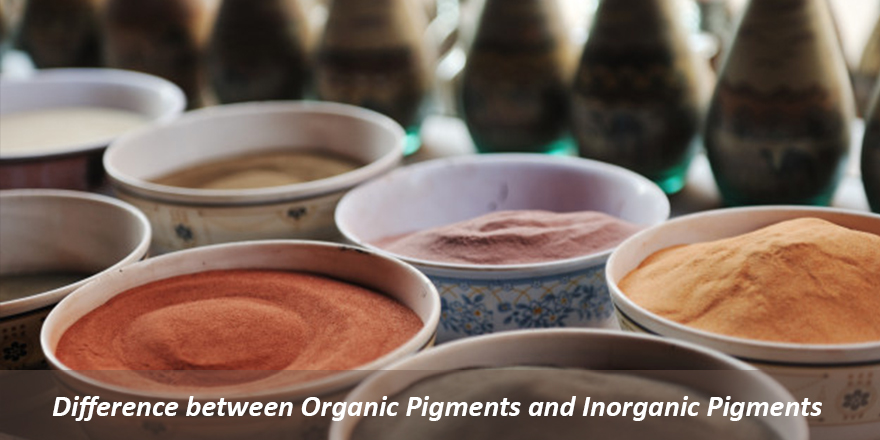Most Popular

Colours play a significant role in our lives. Organic pigments and inorganic pigments are colorants extremely important for cosmetic manufacturers. India is a leading producer of pigment colours for cosmetics. These colours are supplied by pigment manufacturers in India to the domestic markets as well as imported to international markets.
Let’s take a look at the key differences between organic pigments and inorganic pigments.
Composition of pigments
Pigments colours can be used to give colour to other objects by coating them or blending them with the product ingredients. Organic and inorganic pigments are types of pigments based on their method of formulation. Organic pigments are generally derived from plants. Inorganic pigments use chemical formulations to get the desired product properties for various applications.
Compounds obtained from inorganic metallic compounds and salts such as chromates, metallic oxides, sulphates etc. are used in inorganic pigments. Organic pigments are made up of carbon rings and carbon chains. Chemical compounds can be used during colour production to stabilise the organic pigments. Inorganic compounds primarily use chemical compounds based on a specific chemical composition to create colours.
Based on the properties, the following characteristics make organic pigments different from inorganic pigments:
Organic pigments have smaller particle size compared to inorganic pigment colours.
Organic pigments are brighter compared to inorganic pigments. But for long-lasting products, inorganic pigments are preferred because fading and exposure to sunlight or chemicals can take away the bright colour of organic pigments.
The variety of colours available in inorganic pigments is greater than the variety available in organic pigment colours. Titanium dioxide; Iron oxide, etc. are examples of inorganic pigments. Lake colours are examples of organic pigments.
Ultramarine Blue, Iron Oxide Yellow, Chromium Oxide Green, Manganese Violet, Titanium Dioxide etc. are the colours available in inorganic pigments. India also exports the blended inorganic colourants such as Iron Oxide Burgundy, Iron Oxide Sienna, Iron Oxide Amber etc. Inorganic pigments also comes in Lo Micron Iron Oxide variants such as red, yellow and black.
Organic Pigment colours consist of lake colours such as Lake of Allura Red, Lake Patent Blue, Lake of Indigo Carmine etc. Since organic pigments are derived from minerals, the colours can also be classified on the basis of mineral lakes such as Aluminium (Al) Lakes, Calcium (Ca) Lakes, Barium (Ba) Lakes, and so on.
Inorganic pigment colours are more economical and cost-effective than organic colorants.
Compared to organic pigments, inorganic pigments are easier to disperse and therefore used for various applications. Particle size and surface chemistries of the compounds used for making pigments are different. Stabilization of the particles poses a challenge in the pigment dispersion process. Incorrect processes can lead to improper dispersion.
The dispersion process affects the economics and quality of the finished pigment colours. So, pigments needing minimum dispersion are frequently chosen to boost the output quantities in manufacturing units.
As per a recent market research report by Technavio, the inorganic pigments industry will progress at a CAGR of 4% by the year 2021. High stability of inorganic pigment colours and high particle dispersion makes it a popular choice for the manufacture of cosmetics and pharma products. Industry researchers feel that the dispersion benefits of the inorganic pigment will push the industry growth and development of the worldwide inorganic pigment market in the coming years.